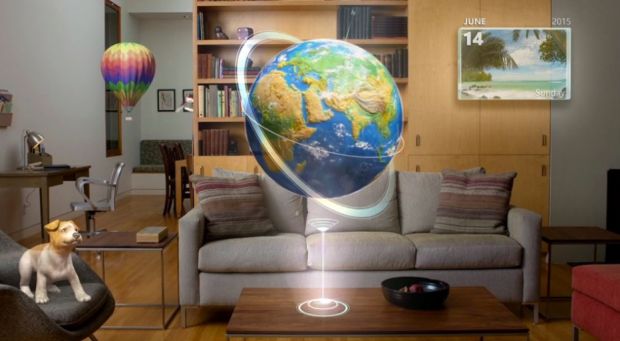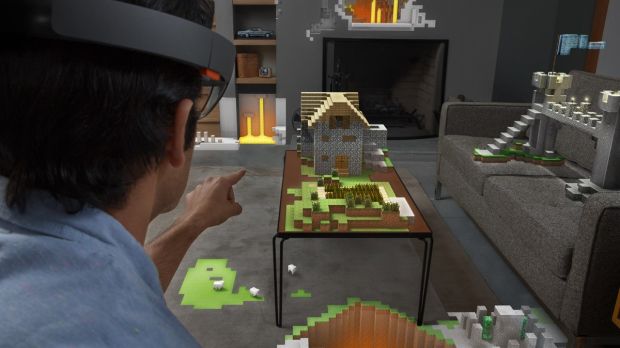If you’re a long-time Windows user, you’re probably aware of Microsoft’s obsession for live tiles, a new feature that was first implemented in Windows 8 when the Start screen replaced the super popular and traditional Start menu on desktops and tablets.
The very same live tiles are now part of Windows 10 in both the Start menu and the Start screen, and Microsoft is looking into several ways to improve them for its next products.
One possible method to completely transform live tiles is by turning them into 3D interactive objects that would be available on devices powered by Windows 10. Microsoft has been granted a patent for 3D live tiles recently and this is living proof that the company is indeed planning to go in this direction.
What are 3D live tiles?
A live tile is essentially a dynamic program shortcut that Microsoft first used for Metro apps introduced in Windows 8. Live tiles display information provided by the app without the need for actually opening the app itself, such as weather information, playback details, and new email subjects.
The information a live tile can now provide is somewhat limited, but the new concept of 3D live tiles could completely change the way the standard version works.
Microsoft explains in the patent that “A basic concept used herein will be that of a three-dimensional volume with faces. A volume or its faces may correspond to applications or elements (sub applications) thereof, with appropriate icons or graphic representations displayed thereon.
“A volume may be any three-dimensional volumetric shape, such as a pyramid, cube, and polyhedron, etc. When displayed, the volume may have graphic faces and edges, or alternately, transparent or semi-transparent faces and edges (or no edges).”
In other words, the live tile will have more than just one “face” and thus be able to display much more information than it does right now.
How to interact with 3D live tiles
This is where the revolutionary part comes into play. Naturally, the easiest way to interact with a 3D live tile is by touch. If these ever make their way into our devices, touch will be the main way to work with them, but there’s most likely another method that Microsoft is working on behind closed doors.
HoloLens, Microsoft’s new revolutionary device that makes holograms part of our lives, could be used to directly interact with 3D live tiles, letting us rotate and “touch” them in the most natural way possible.
3D live tiles could thus become interactive cubes that would be displayed across a virtual room that you can control with HoloLens, in the same way Microsoft demonstrated earlier this year at its events.
For the moment, 3D live tiles are still in concept stage, but if everything goes according to plan, expect at least a demo to be presented by Microsoft at a future conference. As for the final version, we’ll probably have several more years to wait before this actually sees daylight.

 14 DAY TRIAL //
14 DAY TRIAL // 


